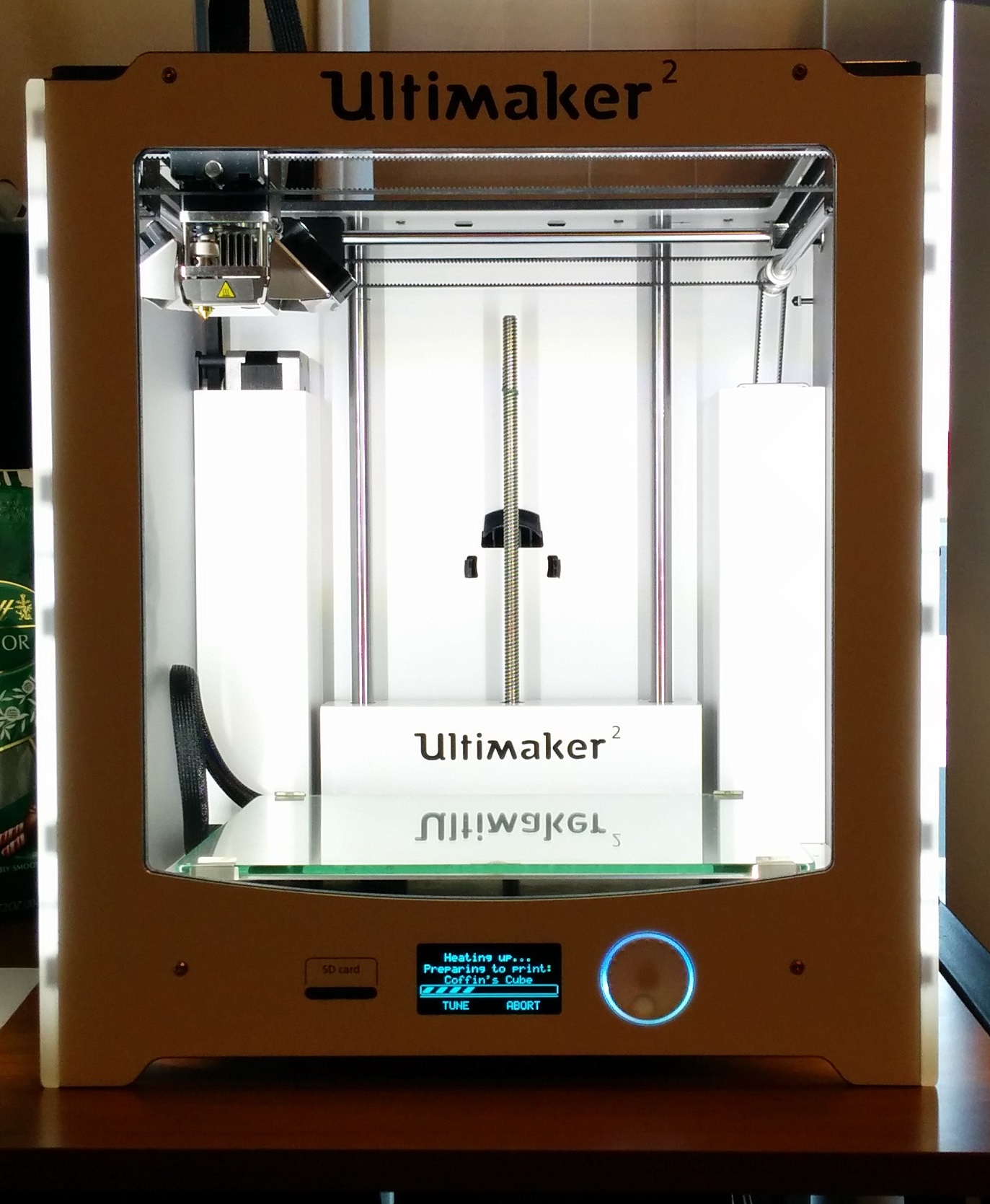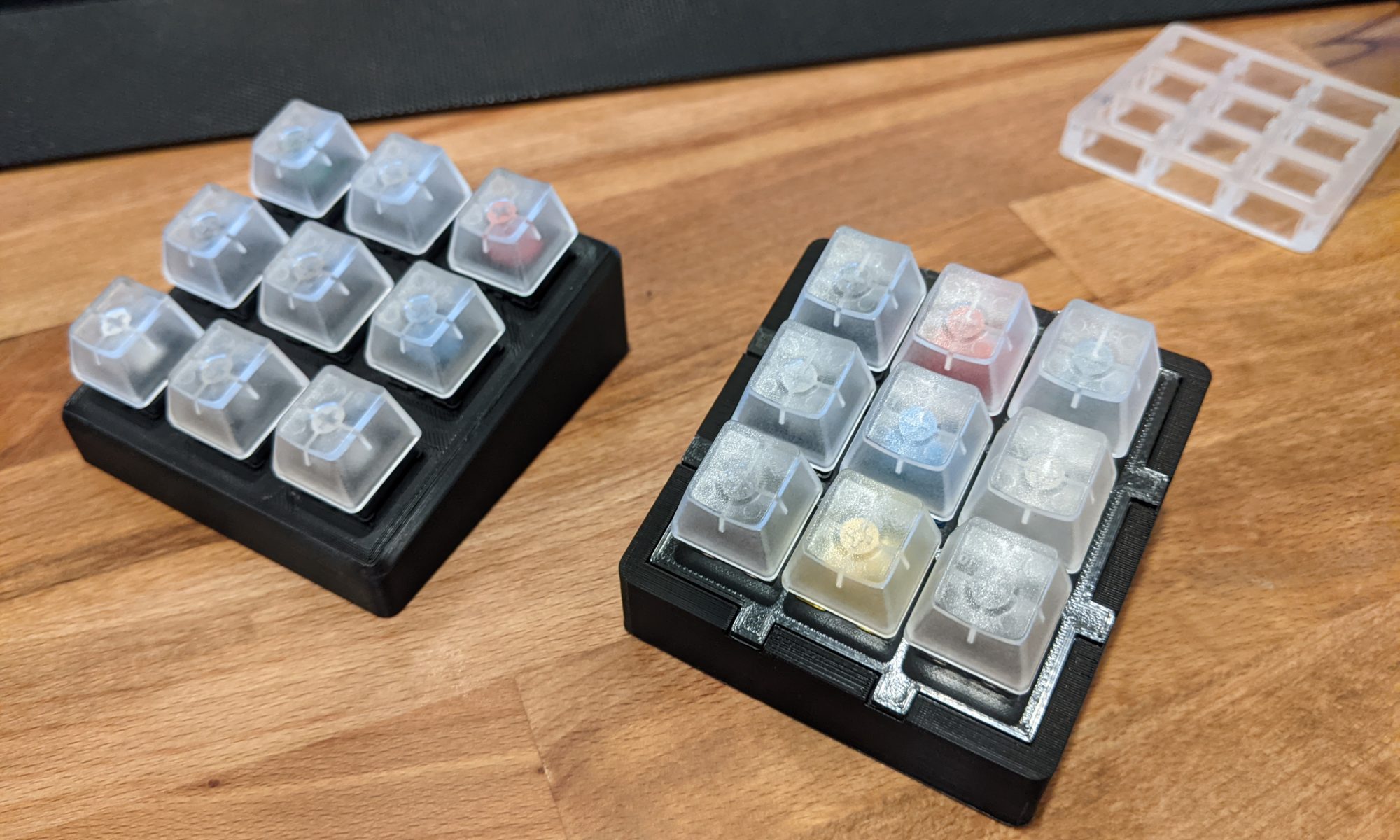Now that I have two EspDecks in my house, its time to start adding some automations. These are just going to be suggestions that people can make use of, ideas on what to use them for. There won’t be much text here, just the automation configurations and what they do.
Continue reading “EspDeck Automations”MDNS Across Unifi VLANs
I started working on some hardware projects related to home assistant using the ESP8266. in working on these I learned that the ESP devices use mDNS to advertise their hostnames for communicating with them. My devices however are on a separate VLAN that’s unable to communicate with the internet, and that VLAN was also blocking the mDNS updates from making it through to home assistant, keeping it from being able to know the hostnames. I could use static IPs for this, however I want to avoid locking all my little smart devices to static IPs.
Continue reading “MDNS Across Unifi VLANs”EspDeck Generation 2
When I started into the EspDeck project, I had enough parts on hand to build two units. I had two sampler packs of switches and two ESP8266 boards to use. So once I had the gen1 unit built, I started working on generation 2 of the EspDeck. Gen2 has a well designed case that holds the board in place, allows easier plugging in of USB, and a cleaner wiring design.
Continue reading “EspDeck Generation 2”EspDeck: Home Assistant Macro Pad
After seeing some posts with EspHome and Zigbee keypads, I realized I wanted to make one too. I wanted the ability to easily trigger more complex actions in home assistant that I don’t have an easy way to fully automate. I decided to make the EspDeck project to provide construction and technical details on building one of these macro pads. EspDeck provides a 9 key macro pad supporting single, double, and hold click actions on every key and can be integrated with home assistant easily through the ESPHome integration or add-on.
Continue reading “EspDeck: Home Assistant Macro Pad”Home Assistant Notifying of Clothes Washer Completion
My clothes washer makes a little jingle when it completes a cycle, however that noise isn’t exactly loud, and its simply not possible to hear it other than in the room right next to the machine. Because of this I’d like to get a text message notification when the machine finishes.
Goals
- Send a notification to my phone when the washing machine is done
Sending Notifications to Phones from Home Assistant
As I build out my smart home systems, I have realized that I wanted to be able to push notifications from it to my phone. I have other services that do this through Email, so I wanted to set up something similar with home assistant. I have a list of a few things I would like notifications of, and getting one or two of them off the list will at least prove out my implementation and give me some more capability from my home assistant setup.
Some things to notify me of
- water leaks
- washing machine done
- chest freezer without power
Setting up Z-Wave in Home Assistant on Proxmox
Recently I have ended up with 2 Z-Wave devices in my home, and while the devices work just fine without it enabled, I wanted to mess around with them in home assistant. I’ve seen lots of information on Z-Wave and Zigbee devices and sensors and had been looking at getting some anyway, so I used this as a reason to jump in.
Since I run Home Assistant on a VM via Proxmox, my setup will end up being a bit different than the usual “just plug in the USB Z-Wave controller and go” for those running Home Assistant on a Raspberry Pi or NUC.
Continue reading “Setting up Z-Wave in Home Assistant on Proxmox”Calling HASS API from Various Shells
While working on making my macro pad trigger Home Assistant automations, I found the API would be the easiest way to integrate the systems. Here’s some of my experimenting with the API and how to call it from Linux curl and PowerShell Invoke-WebRequest
Linux Curl
Using the Linux curl command is pretty straight forward.
curl -X POST http://hass.local:8123/api/services/switch/toggle -H 'Authorization: Bearer ABCDEF' -d '{"entity_id": "switch.testsubject_test_subject"}'PowerShell Invoke-WebRequest
PowerShell is a bit more annoying to get everything right, as Invoke-WebRequest is a bit pickier on its input arguments.
Invoke-WebRequest -Method POST -Uri "http://hass.local:8123/api/services/switch/toggle" -H @{"Authorization"="Bearer ABCDEF"} -Body '{"entity_id": "switch.testsubject_test_subject"}'Apparently windows has a build of the official Unix curl and tar commands, but my PowerShell prompts all had curl as an alias to Invoke-WebRequest. I did find that if i call curl.exe, it would run the official curl command.
Conclusion
Do be careful when copying and pasting between shells, I found that copying out of the PowerShell prompt and back in would yield an invalid token. This was also encountered in the WSL terminal as well.
The API is pretty straight forward after a little bit of trying things out. The documentation covers the capability but doesn’t have as many examples as I would have liked otherwise.
Resources
WLED Automation for Roku in Home Assistant
I was able to get WLED going on a light strip but I do have a lack of ideas on how to make use of it. I finally decided to go with the tried and true movie lighting. So my goal is to setup automations so that when my Roku begins playing something, the WLED strip dims and sets to a specific color (we’ll go with red), and when I pause or stop playing, it will turn to max brightness white light. This will give lower lighting while watching and brighter lights if something is paused (and I have to go get something). I’m still not entirely sure if I will end up making use of this in the end, but it will give me some ideas on what I can do and how to do it.
Continue reading “WLED Automation for Roku in Home Assistant”WLED with Home Assistant
Integrating WLED into Home Assistant is a relatively simple task.
- Go to the integrations page on home assistant
- Add a new integration and search for WLED
- Add the ip
After the, you’re good to go. Home Assistant will show the unit as a number of entities, a light and a number of switches.


